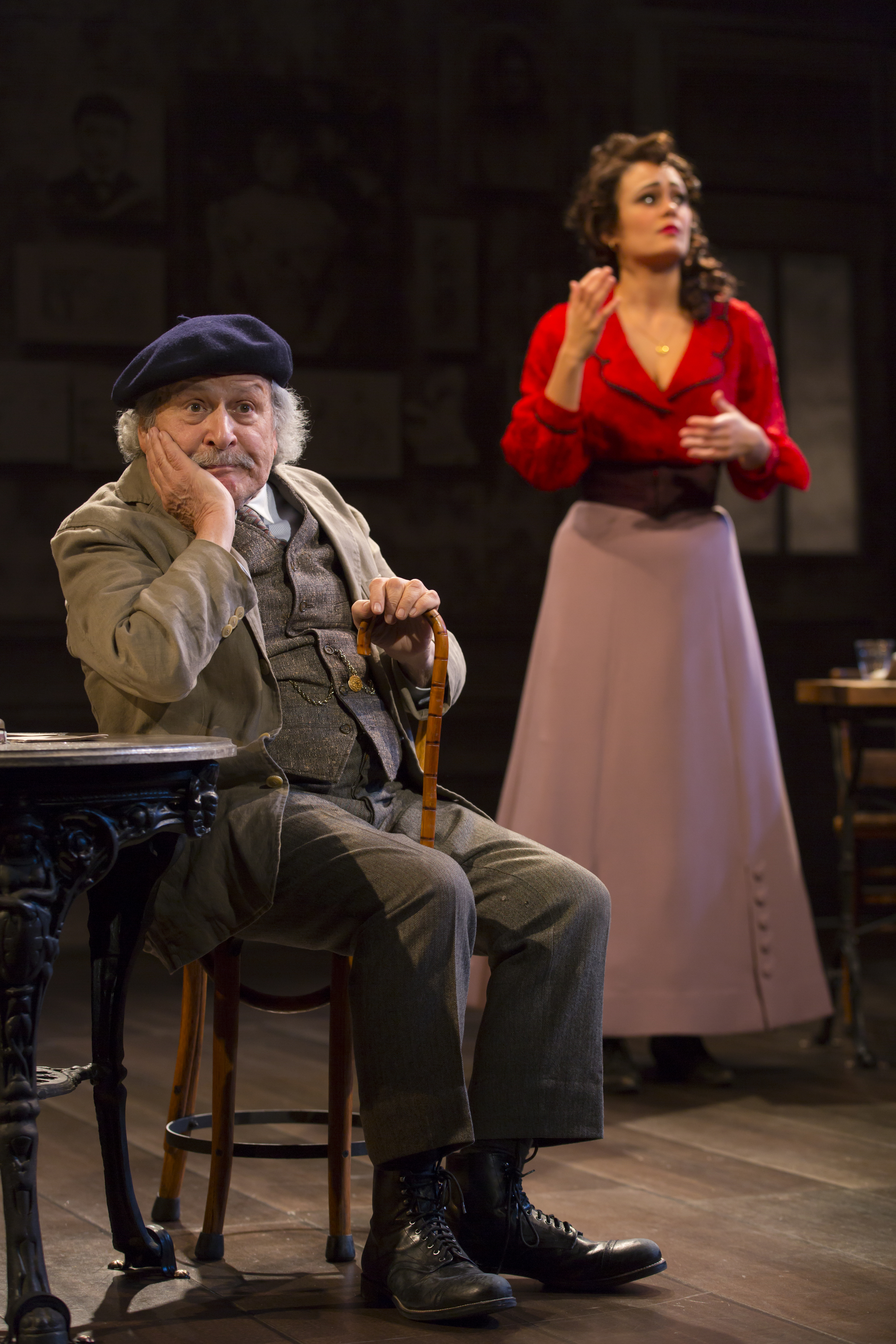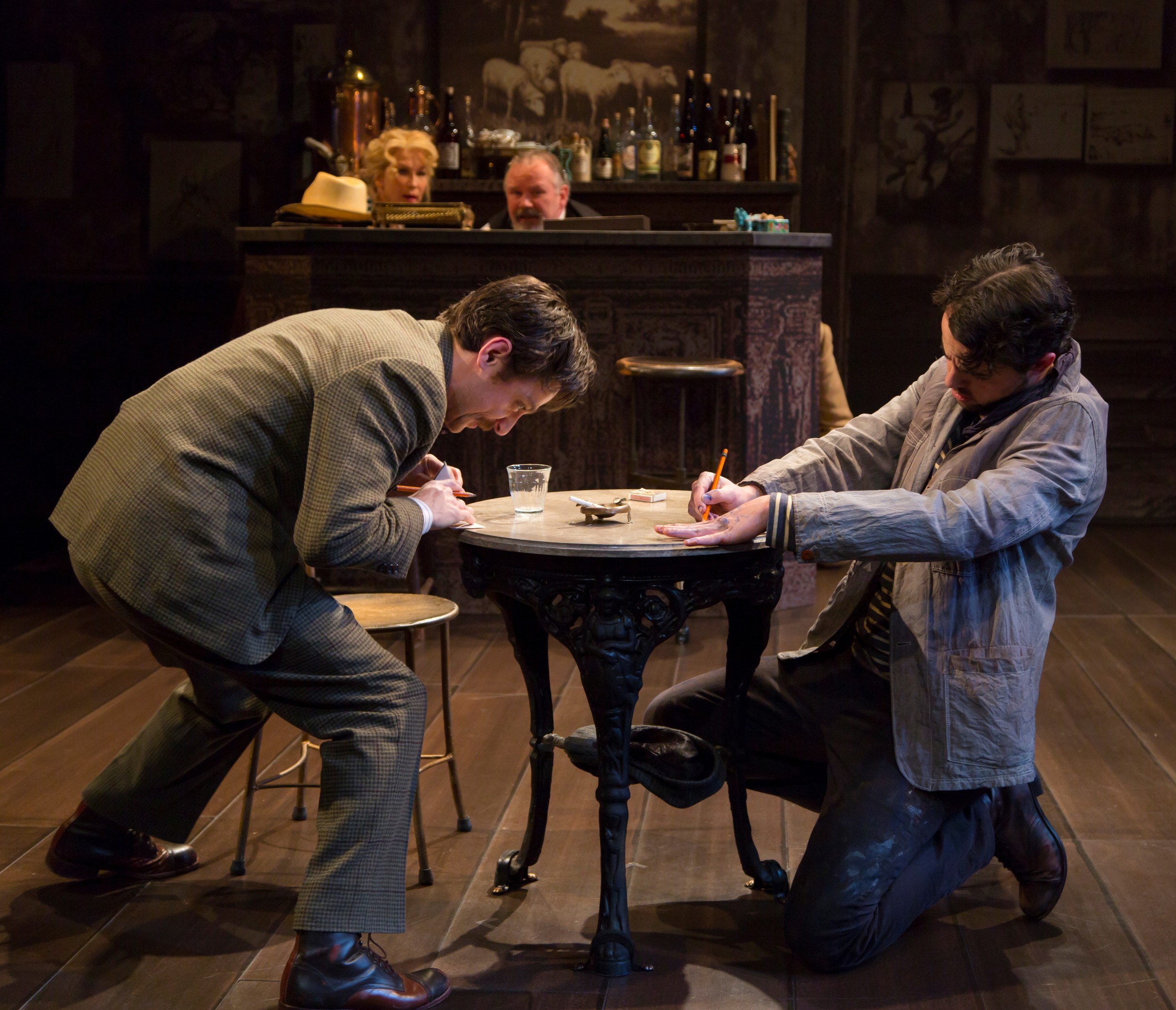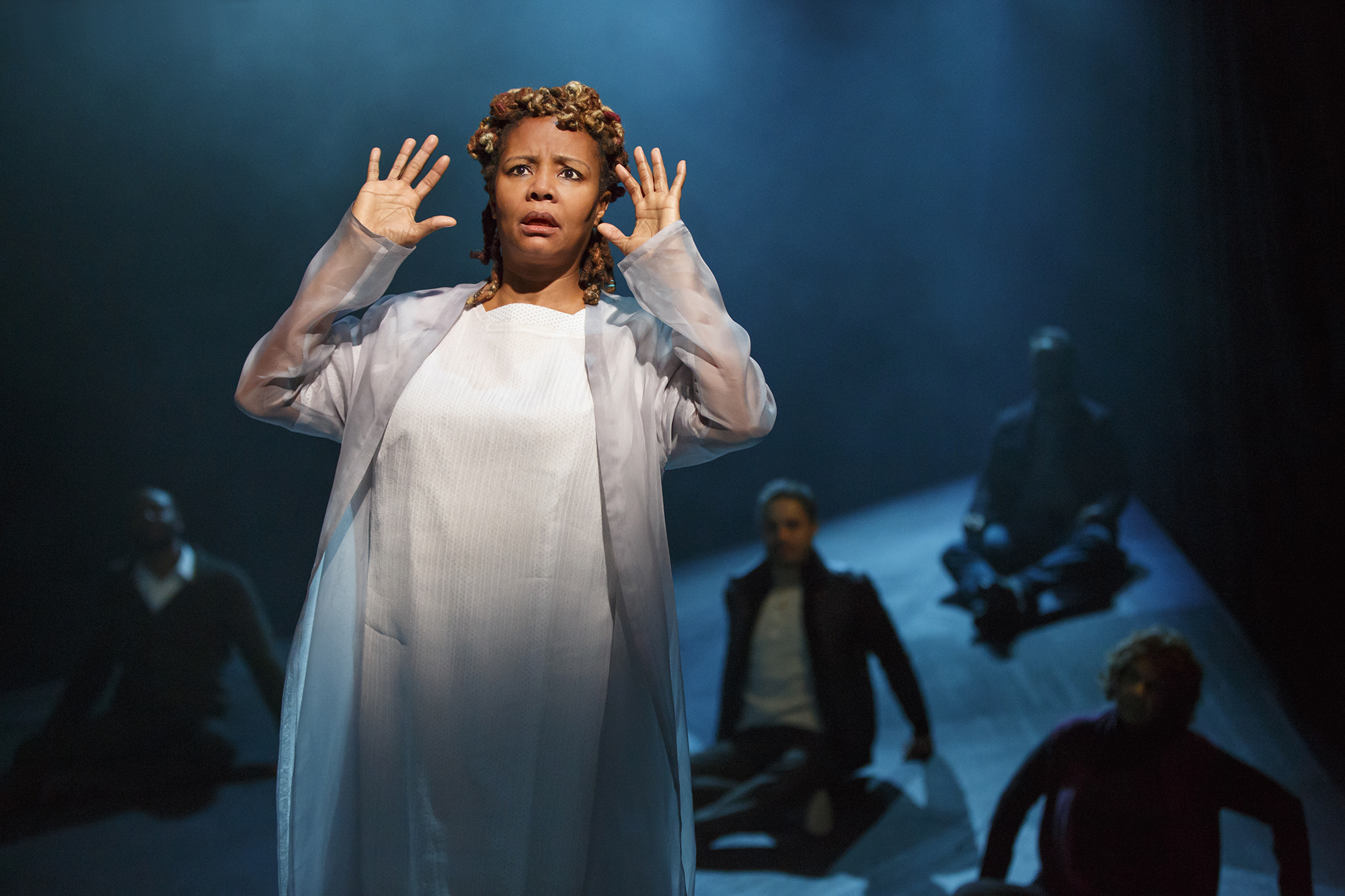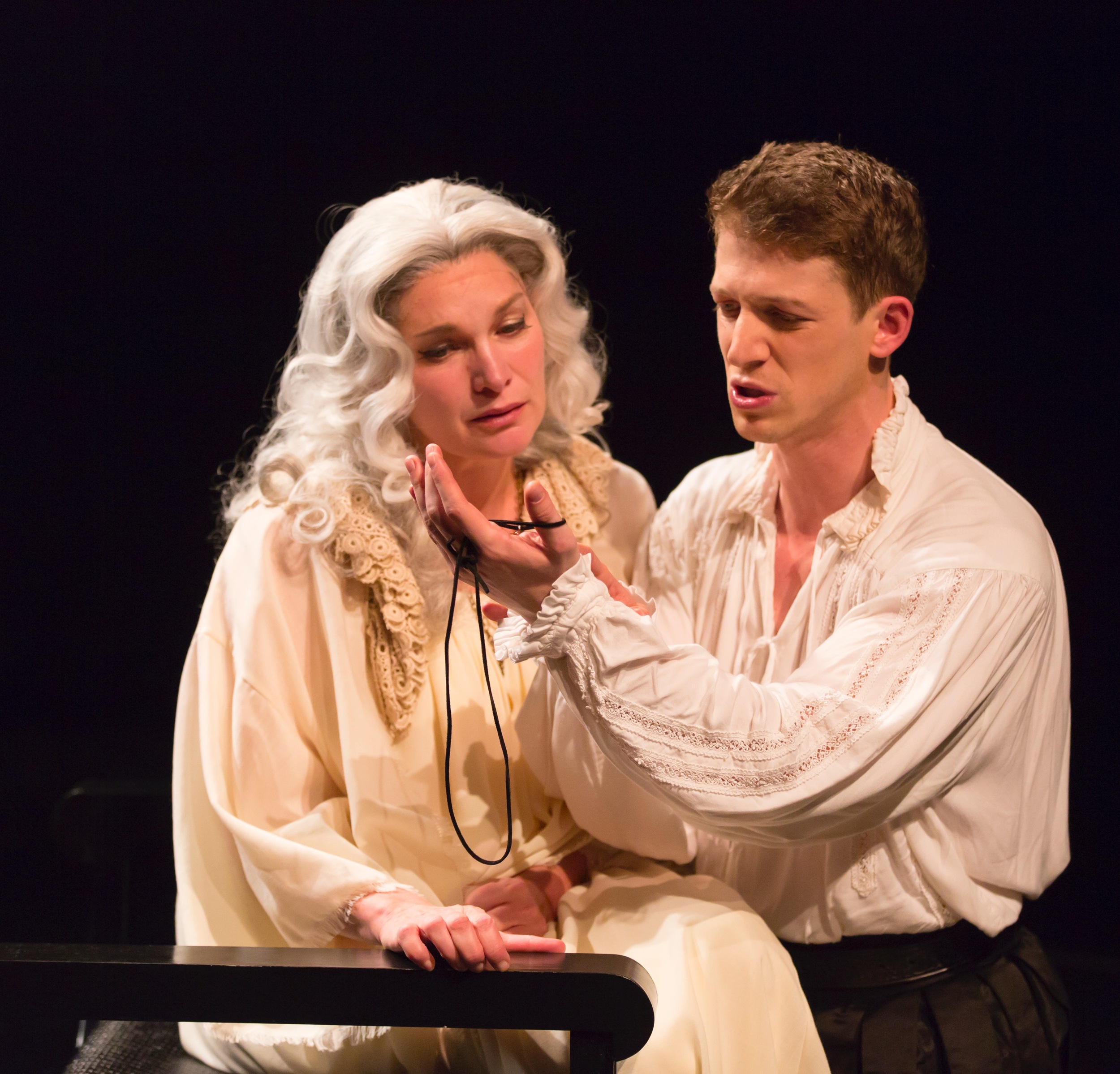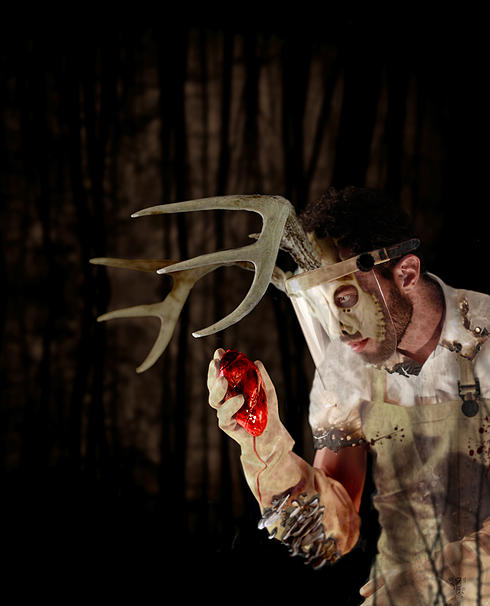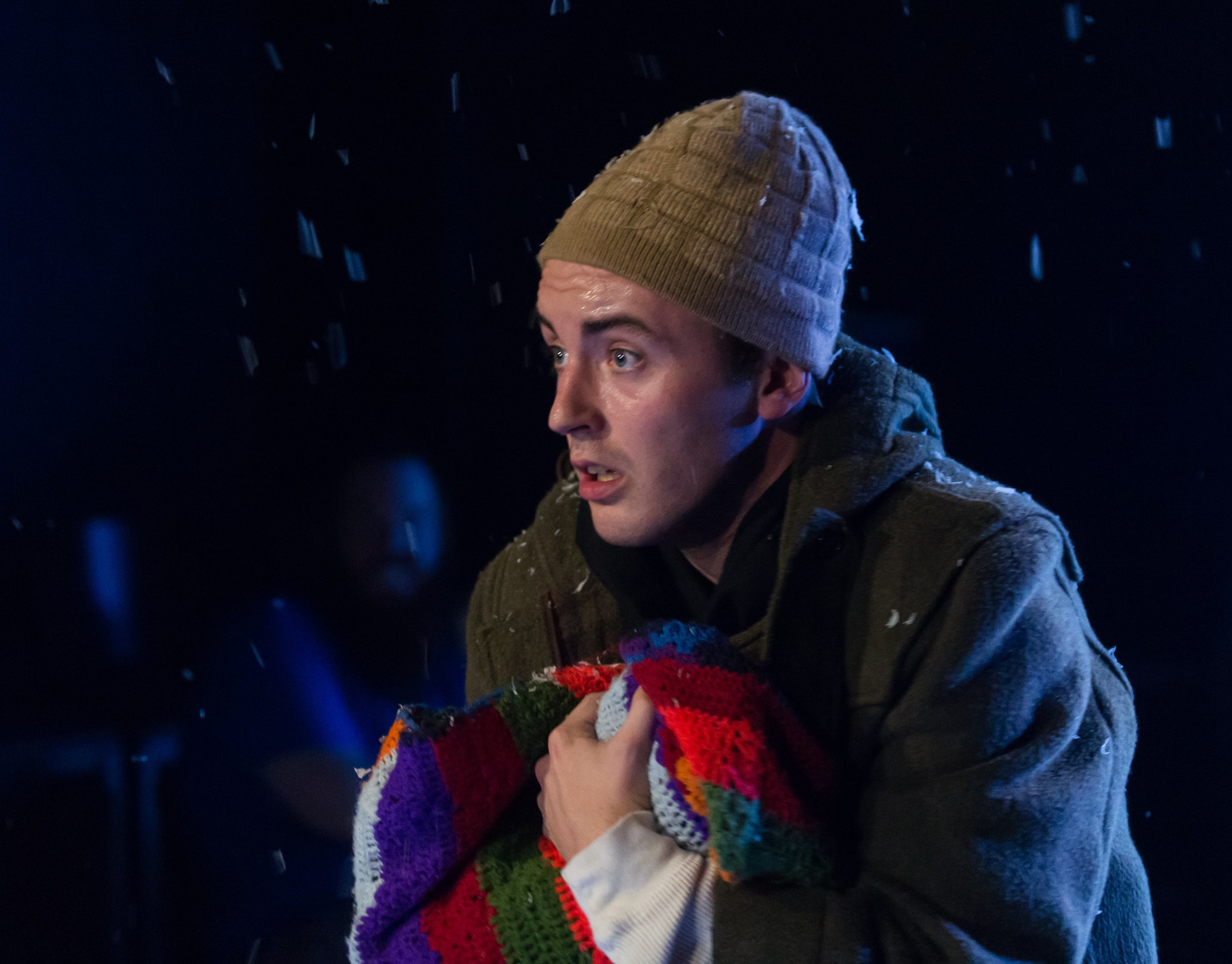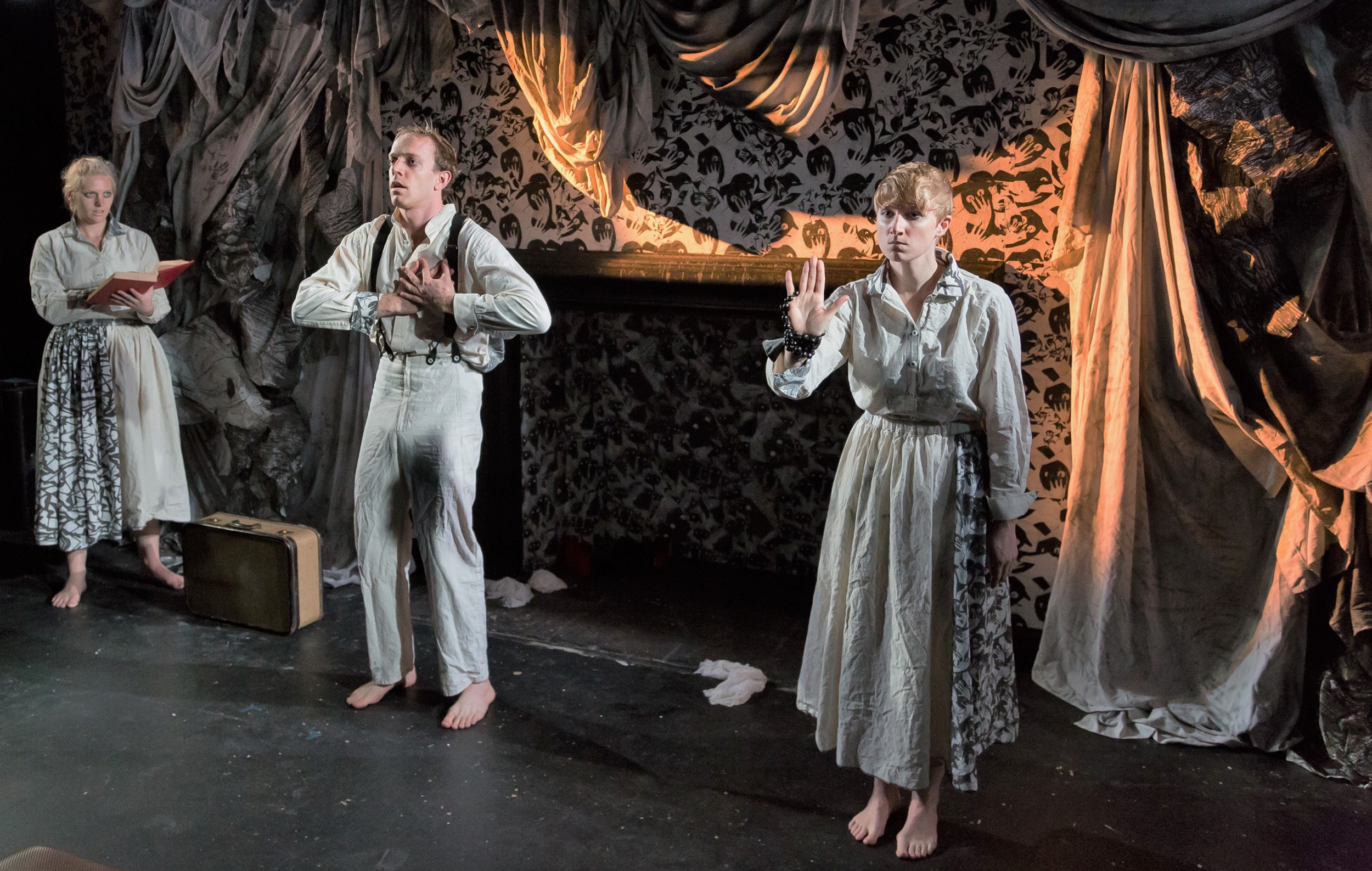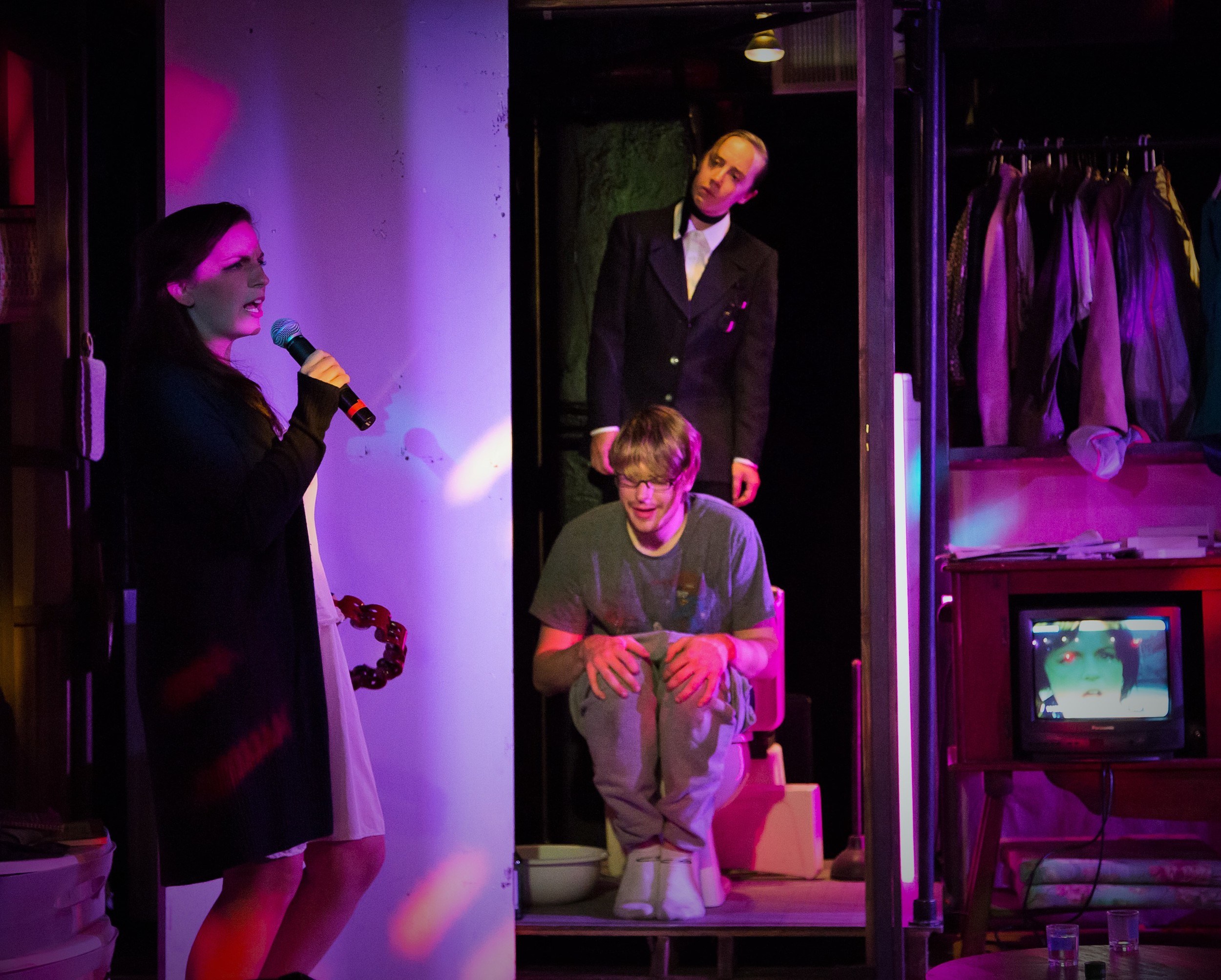Second YSD thesis show opens . . . This week the second thesis show of the Yale School of Drama season opens at the Iseman Theater. Third-year MFA candidate in Directing Jessica Holt was co-artistic director of the Yale Summer Cabaret in 2014 and brought us two lively ensemble pieces that, each in its own way, investigated the claims and rigors of theatricality. For her thesis she tackles a classic play about theater people and the frustrations and promises of theater, Anton Chekhov’s The Seagull.
 Holt confesses that, before coming to the School, she suffered from a malady called “Chekhov envy”: it seems every time she saw a Chekhov production—and The Seagull is the most produced of his plays (indeed, it was a thesis show as recently as 2012)—Holt found herself thinking about directing one of his plays, “wanting the experience, to live through it.” Then in her first semester at the School she, like all new directing students, found herself in David Chambers’ “Chekhov immersion” class. Each student prepares a 1 page document on each of three Chekhov plays, including The Seagull, to find “the poetic heart” of each play. Holt recently looked back at her early thoughts on The Seagull and found that her intuitions were able to guide her thesis production. The play, as most would agree, is about the “advent of realism” in theater and is also “deeply symbolist,” she says, but it’s also, in her view, about how we use theater “to heal or wound ourselves.” In other words, the play accepts that its audience may have an antagonistic relationship with what they’re seeing, “a comedy that ends in suicide.”
Holt confesses that, before coming to the School, she suffered from a malady called “Chekhov envy”: it seems every time she saw a Chekhov production—and The Seagull is the most produced of his plays (indeed, it was a thesis show as recently as 2012)—Holt found herself thinking about directing one of his plays, “wanting the experience, to live through it.” Then in her first semester at the School she, like all new directing students, found herself in David Chambers’ “Chekhov immersion” class. Each student prepares a 1 page document on each of three Chekhov plays, including The Seagull, to find “the poetic heart” of each play. Holt recently looked back at her early thoughts on The Seagull and found that her intuitions were able to guide her thesis production. The play, as most would agree, is about the “advent of realism” in theater and is also “deeply symbolist,” she says, but it’s also, in her view, about how we use theater “to heal or wound ourselves.” In other words, the play accepts that its audience may have an antagonistic relationship with what they’re seeing, “a comedy that ends in suicide.”
In finding the through-lines for her thesis production, Holt finds that the play approximates her own experience, because it’s about being “trapped by circumstances” and “foreclosing possibilities.” Maybe that’s why, during one rehearsal when Holt had to stand-in for the actor playing Konstantin, the young playwright disappointed by the reaction to his play, she stormed off a bit too forcefully and, thinking a door would open when she kicked it, found herself with a sprained foot. Any wounded vanity aside, the incident indicates the kind of passion she wants the play to manifest, a visceral experience that insists on physical involvement. Holt has found the process of working on the play “a dream” with her cast doing “surprising work, confessional, emotional,” that lends itself to an environment where people are relentless promoters of their own interests.
Indeed, when questioned about the relevance of The Seagull for 21st century lives, that’s the element Holt emphasizes: “our contemporary obsession with our need to be seen and recognized.” For her, Chekhov’s characters all act as if “each one is center stage” and the star of his or her own life. Though there are darker elements to the play, The Seagull is “a collective fantasy” because the characters are so self-obsessed; we are meant to see play, she says, as “a tragi-comedy,” that asks: “What happens if you don’t make it? Are you enough, in and of yourself?” An early idea of having actual cameras on the stage was set aside but the idea of spectacle, and of modes of reflection, remains.
Holt and company have hit upon four “reflective” symbols that help to structure the play’s themes: the seagull, which is brought on stage; a lake, strongly suggested by Jean Kim’s amorphous set, the moon and its reflected light; and the stage itself. Konstantin is a playwright, his mother Irina a great actress, and her lover Trigorin is a big-name writer. Nina, daughter of a rich landowner, acts in Kolya’s symbolist play, and later pursues acting in earnest and is pursued in turn by Trigorin. Meanwhile, as is generally the case in Chekhov, others in the area, at all social levels, pursue their own ends, including Irina’s ailing brother Sorin, whose estate the action takes place on, and the estate manager, Ilya, and his family. The staginess of the play is important to this production with symbols used in a playful manner at times, letting us see that the characters are aware of their own productions, so to speak. There is also live music onstage, created by the servants on the estate.
Viewers should set aside any idea that Chekhov plays are stuffy, drawing-room drama—Holt aims for a Seagull that is “raw, funny, wild.” Her cast, she says, has risen to the challenge, allowing themselves to create revealing moments where each character is “emotionally exposed.” In the end, the audience should see themselves reflected in the passions and frustrations of Chekhov’s play, because, after all, we are Chekhovian.
The Seagull By Anton Chekhov Translated by Paul Schmidt Directed by Jessica Holt
Dramaturg: Kelly Kerwin; Set Designer: Jean Kim; Costume Designer: Asa Benally; Lighting Designer: Elizabeth Mak; Sound Designer: Kate Marvin; Stage Manager: Kelly Montgomery
Yale School of Drama Iseman Theater December 12-18, 2014

